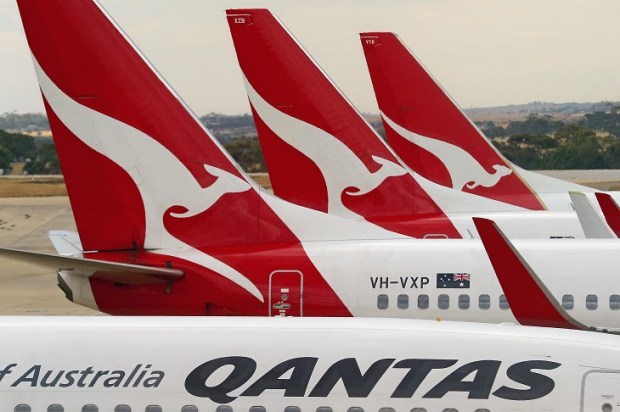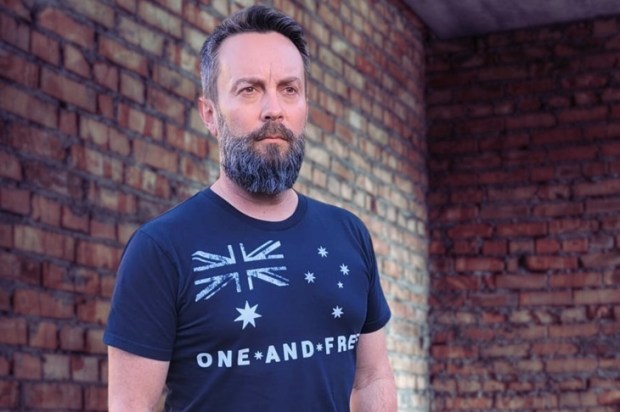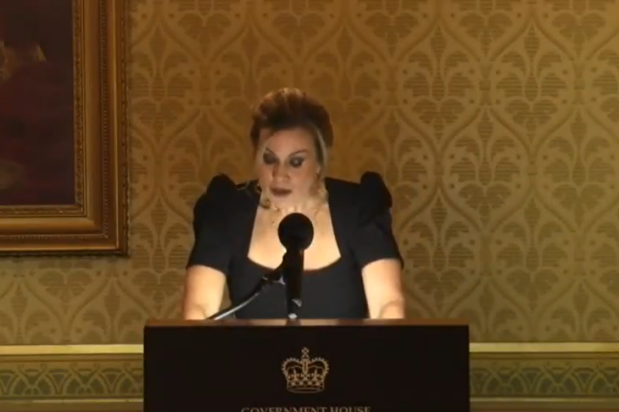Conservative politics and conservatism in Australia are in dire straits. And conservatives, being, well … conservative, are in no position to fix it.
To mount a rescue mission would require them to go against their nature and become radicals, for it takes energy to build a revival. They would also need significant business interests coughing up cash to support a professionally-run ideological resurgence.
Seven consecutive election losses from the pair of parties representing conservatives is not a sign that things are in order, or even alive.
That these parties continue to make the same mistake, time and again, and are insisting on making it for another federal election cycle, means conservatives truly have no political home and no real hope for years to come.
The publishing last month of the Liberal Party’s 2022 federal election review found that it was the most serious loss in its political history. But, in the kind of organisational denial typical in sinking ships, it put the blame everywhere but within. It said former Prime Minister Scott Morrison was a major factor. It said results among women voters and metropolitan areas were troubling (no kidding).
What it failed to say was that having nobody championing traditional conservative values and ideas in the Australian political spectrum for 20 years had led to a climate where such ideas were seen as extreme. They aren’t. Most of the world sees conservative ideas as a normal part of a healthy pluralistic political landscape.
Scott Morrison being ‘out of touch’ and droves of women and inner-city dwellers rejecting moderate conservative ideas in favour of modern leftism, are the effects, not the cause, of the problem.
Mistaking the two will be terminal for the party, its identity, and its differentiation in the political marketplace.
And if they still don’t get it, I’d go so far as to call last rites.
While the Liberal Party laments a 5.7 per cent swing against the coalition, it ignores the fact none of it went to Labor (0.8 per cent swing against), only 1.9 per cent went to the Greens, and a smaller amount to the allegedly independent Teal candidates.
Perhaps more significantly, it ignores the 4.5 per cent swing toward minor conservative parties. These were parties that were significantly disparaged by many, had almost zero organisational structure and discipline, and ran with mostly unknown candidates who often had little or no election experience.
The review laments that the Liberal Party holds only four of the 44 inner-metro seats and that among the top 30 seats with a lot of female professional voters, the party only holds three, down from 15.
The solution to this – according to pundits from the left – is for the Liberal Party to shift to the left and follow the Teal platform of ‘Climate, Integrity, Equality’.
But they’re missing the most important sentence in the review. In relation to the emergence of the Teals, it said: ‘This naturally also compromised the party’s ability to campaign with a single national message.’ (Italics are mine.)
Michael Pascoe, writing in a recent opinion piece about the Liberals report for The New Daily, an online publication owned by the superannuation industry, got one (and only one) thing right in his analysis: ‘In plain English, we’re sick of political bullsh-t, of lying and dissembling.’
The main problem is that the Liberal Party, in trying to be all things to all people and not campaigning with a single message, is being nothing to anybody except an apparently inconsistent, two-faced organisation that has no spine, no core principles, and no coherent value set.
‘Oh, but how can we get elected if we drive conservative values in the inner city? How can we get elected if we reject identity politics and left-wing feminists narratives that favour professional women?’ The party stalwarts moan time and again.
You can’t. And you also can’t get elected if you don’t.
The problem with the modern Liberal-National coalition is the two parties. It’s a marriage of election convenience between two quite different worldviews.
It’s not John Howard’s ‘broad church’ anymore. The world has shifted since the days of the dominant centre with public opinion becoming more of a U-shape curve with a hollow middle. The Coalition has turned into Orthrus, the two-headed dog of Greek mythology, or Janus of Roman mythology after whom this month was named.
And the two parties aren’t ‘Liberal’ and ‘National’ (or even ‘Country’). This is no longer only about a geographical split between the needs of town and country, it’s about a much more complicated ideological split that transcends most geographies, except perhaps the inner-cities and most remote regions.
This is a fight that will initially be won in the regional cities and outer-middle-ring suburbs of major metros. And then, after an election or two, may help win back lost inner-city Liberal strongholds.
The Coalition needs to split into two distinct parties with two distinct, but over-lapping, messages. Only by doing so can its integrity be restored and its brand, tarnished as spineless and directionless and divided, be reformed. And unlike the Americans and Brits, we have the preferential voting system to enable this approach to work.
One party must be honestly branded as a centre-right-to-right Conservative party and the other as a centre-left-to-centre Liberal party.
No lies, conflating positions, waffle or, as Pascoe put it, BS trying to reconcile two unreconcilable worldviews. Just plain, clear, simple messages about what you’ll get if you ‘buy’ either of our parties. One honest message for the new Conservatives and one honest message for the new Liberals.
Then they can each build a truly inspired and motivated membership base and campaign with true integrity – upfront disagreement on certain issues, and a promise to govern collectively on most fundamental things.
Good old-fashioned trust-building might just work for a change, and who knows, we might create a few new lifetime conservatives. At least there will be one party with a voice at the table to keep the national discourse more sensibly balanced.
The idea that the Australian electorate can’t handle this is wrong. What they really can’t handle is not knowing where the pretend uni-party stands on things. So, end the false pretence of complete unity, run two honest up-front candidates in every seat and swap first preferences. Just like a traditional coalition.
Non-left-wing Australians can vote for what they want, and the resulting likely coalition government will truly be representative of the people with their differences of opinion represented proportionately.
The ‘broad church’ is dead. The coalition is now a two-headed monster tearing itself apart. We need those heads pointing in generally the same direction instead. Two heads is okay. Two-faced is not.

























